Track 1:
Display Marketplace |
M-1: Emerging Display Applications: The Next Big Thing
by Mark Fihn,
Veritas et Visus |
 |
| In a world filled with display devices of almost every shape, size, and performance attribute imaginable, predicting future applications in which displays will play a major role is becoming increasingly challenging. This presentation will provide an overview of several categories of display innovations that are likely to create growth opportunities for the display industry. The presentation will ponder the emergence of "The Next Big Thing" in the world of displays. |
Track 1:
Display Marketplace |
M-6: Display Markets: Where Is There Growth?
by Paul Semenza,
NPD DisplaySearch
|
 |
| While flat-panel displays have become ubiquitous over the past decade, demand for displays remains dominated by TVs, PCs, and mobile phones. However, several key trends, including mobility, connectivity, and interactivity, are impacting display development and the demand for display systems. This seminar will examine how these are evolving in different display applications. |
Track 2:
Mobile Displays |
M-2: Advanced Mobile Display Technologies
by Akira Sakaigawa,
Japan Display, Inc.
|
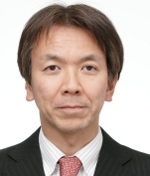 |
| This seminar covers recent advanced mobile-display technologies for a wide range of consumer mobile products. There have been remarkable technical developments made in recent years on smartphones and tablet-PC applications, evolutionizing the user experience. Today's key trends are large size, high resolution, and high optical performance with low power consumption and integrated touch function within a thin module. The latest mobile-display technologies and the remaining challenges for the future will be presented. |
Track 2:
Mobile Displays |
M-7: Mobile Multimedia Displays by Jyrki Kimmel,
Nokia, Inc. |
 |
| Today's advanced mobile displays are aimed to enable multimedia interaction in wireless networks. The future opportunities in mobile-display-centric devices include specialized and convergence devices for e-reading, immersive gaming, navigation, and social networking. This seminar concentrates on describing both the current mobile-display landscape as well as emerging solutions to the remaining challenges in developing the best user experience in mobile multimedia applications. |
Track 3:
Touch and Interactivity |
M-3: Status and Future of Touch Technologies
by Geoff Walker,
Intel Corp. |
 |
| This seminar will review the latest technology updates on projected-capacitive touch, ITO replacements, embedded touch (in-cell and on-cell), and multiple forms of optical touch. Predictions of what's likely to happen in these touch technologies and in related topics will be given. Any late-breaking touch news of particular interest will be discussed. |
Track 3:
Touch and Interactivity |
M-8: Touch-Display Integration
by Bob Mackey,
Synaptics Corp. |
 |
| As touch takes over the user interfaces of personal computing, communications, and entertainment, sleek design and cost reductions are pushing the integration of touch sensing with displays. There are many viable ways to achieve integration. Depending on the application, the best design might be in-cell, on-cell, discrete, or a hybrid combination. |
Track 4:
Liquid-Crystal Technology |
M-4: Fundamentals of FFS/IPS Mode and Its Applications
by Seung-Hee Lee,
Chonbuk National University
|
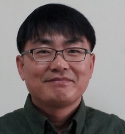 |
| Fringe-field-switching (FFS) liquid-crystal modes have become very popular by many companies owing to its superior electro-optic performance such as high transmittance, low operating voltage, wide-viewing angle, and least-pooling mura under an external pressure that is applied to all types of high-resolution/high-performance displays, ranging from small-sized mobile displays to large-sized LCDs. This seminar discusses the history of its development and the unique switching principle of the FFS mode and its pixel structures based on application field, and its future. |
Track 4:
Liquid-Crystal Technology |
M-9: Fast-Switching Technologies for Liquid-Crystal Devices toward Low-Power Display Systems
by Takahiro Ishinabe,
Tohoku University
|
 |
| Fast-switching technologies for LC devices lead to advanced low-power display applications. This presentation will describe the fundamentals and recent development of fast-switching LC devices including a blue-phase LC and field-sequential-color displays. The talk also discusses the light-control technologies for next-generation low-power LCDs. |
Track 5:
OLED Displays |
M-5: Challenges of AMOLED TV and the Flexible AMOLED
by Ho-Kyoon Chung, Sungkyunwan University
|
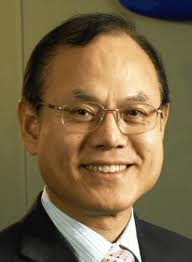 |
| AMOLED technology is now well-established for small mobile applications and poised to enter the TV market. This seminar will describe the challenges of AMOLED technology for TVs and flexible displays in terms of TFT backplanes, OLED color patterning, and thin-film encapsulation. |
Track 5:
OLED Displays |
M-10: Dark-State Engineering in Organic Light-Emitting Devices
Marc Baldo,
MIT |
 |
| When electrical charges combine inside an OLED, they can form bright or dark states. This seminar will review the design principles that have been established for harnessing the crucial “dark” states in OLEDs and address their continuing importance to technology today, including phosphorescence, thermally activated delayed fluorescence, and high-brightness OLEDs. |
Track 6:
Display Components and Metrology |
M-11: Optical Coatings and Films for LCD Backlighting
Masaru Suzuki
SKU Haas Display Films |
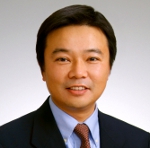 |
| All types of optical films for LCD backlight application, which ranges from light reflection film, light diffusion film, light collimation film, and reflective polarizer film, will be reviewed. This seminar provides the basic optical working principle of each film as well as its detailed structure and manufacturing processes and addresses industry's current issues associated with backlight optical films and its solutions. |
Track 6:
Display Components and Metrology |
M-16: Display Measurement Basics and Practical Considerations
by Jeurgen Neumeier
Instrument Systems GmbH
and
Michael Becker,
Display Metrology & Systems |
  |
| Based on the terminology of the IEV (IEC-CIE International Lighting Vocabulary) and SID-IDMS, this seminar introduces a theoretical basis for a range of practical considerations pertaining to light-measuring devices, measurement uncertainty, traceability of calibration, etc., for the measurement of electronic displays in different application situations with a focus on the evaluation of the visual performace under ambient light. |
Track 7:
Lighting |
M-12: Backlighting LEDs in General Illumination
Nadya Piskun,
Philips Color Kinetics/PLS Global Platforms |
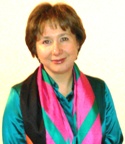 |
| LEDs have gained in a wide variety of applications over the last few years, from back light for mobile device to general illumination. This presentation will provide a review and update of SSL market developments in 2012. Top-level market trends will be discussed, as well as developments in each of the major application areas including, outdoors, retail and hospitality, office, and the retrofit market. |
Track 7:
Lighting |
M-17: OLED Lighting
Yuan-Sheng Tyan,
First-O-Lite, Inc. |
 |
| There has been rapid progress in the performance of OLED lighting devices. The technology is now moving into the manufacturing and commercialization phase. This seminar will give a status report and a concise introduction to the technology and the commercialization issues of OLED lighting. |
Track 8:
3D Technology |
M-13: LC Technology for 3D Displays
Phil Bos,
Liquid Crystal Institute, Kent State University |
 |
| This seminar will start with a general consideration of the basic requirements of a 3D display and proceed to the challenges for liquid-crystal technology to provide those requirements. The focus will be to provide an understanding of the issues and solutions related to the design of the liquid-crystal optical components for 3D. |
Track 8:
3D Technology |
M-18: Signal Processing for Stereoscopic 3D Displays
Nikhil Balram,
Ricoh Innovations |
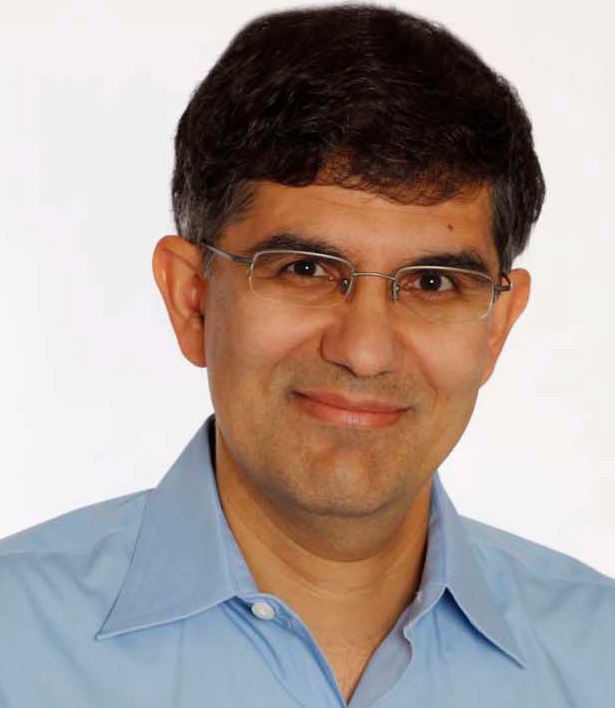 |
| The seminar will discuss the major signal-processing requirements for stereoscopic 3D displays, using 3D TVs as the primary illustrating application. It will explain the major human-vision issues that have to be considered and the signal processing that is required, with examples and demos to clarify the main concepts. |
Track 9:
Oxide TFTs |
M-14: Oxide TFTs: Technology Trends in Materials and Processes
Sang-Hee Ko Park,
ETRI |
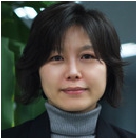 |
| Thanks to the combined performances of mobility and stability, large-area uniformity, and use of an existing facility, oxide TFTs have been intensively researched to be mass-produced as AMOLED TVs and high-resolution TFT-LCDs. In this seminar we present oxide-TFT developments from the view point of materials and device processes. In addition, key factors of high-mobility oxide TFTs will be introduced. |
Track 9:
Oxide TFTs |
M-19: Device Structures and Stability in Oxide TFTs
Jin Jang,
Kyung Hee University |
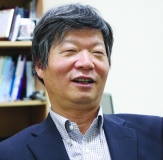 |
| Inverted staggered TFTs are currently being used for all types of displays. a-Si:H TFTs and a co-planar structure are very popular with LTPS TFTs. However, for oxide TFTs, many TFT structures are being studied in order to find the best one for display manufacturing. In this seminar, the device structures of oxide TFTs, such as etch-stopper, back-channel etched, dual-gate, and offset-gate Inverted staggered TFTs, and co-planar and inverted co-planar structures will be examined. |
Track 10:
Flexible Display Technology |
M-15: Flexible OLEDs for Display and Lighting Applications
Ruiqing (Ray) Ma,
Universal Display Corp. |
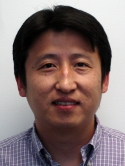
|
| This seminar will review the recent progress made for flexible OLED technologies for both AMOLED displays and solid-state lighting applications. Topics covered include technical challenges, substrate choice, backplane technologies, process development, and thin-film encapsulation. The seminar will end with a discussion on emerging applications of flexible OLEDs. |
Track 10:
Flexible Display Technology |
M-20: A Critical and Current Review of the Present and Future Prospects for Electronic Paper
by Jason Heinkenfeld,
University of Cincinnati |
 |
| Monochrome electronic-paper displays (EPDs) continue to expand in commercial applications served. However, color EPDs and color video EPDs must be developed to expand to larger/new markets, and will eventually be required for many existing monochrome EPD applications. This talk reviews both the physics and performance of leading e-Paper technologies. Also presented is the state-of-the-art and future trends in color EPD technology, with focus on three very recent breakthroughs for color EPD that bring SNAP (newsprint) quality color e-Paper much closer to commercial reality (electrochromic, electrokinetic, electrofluidic). |